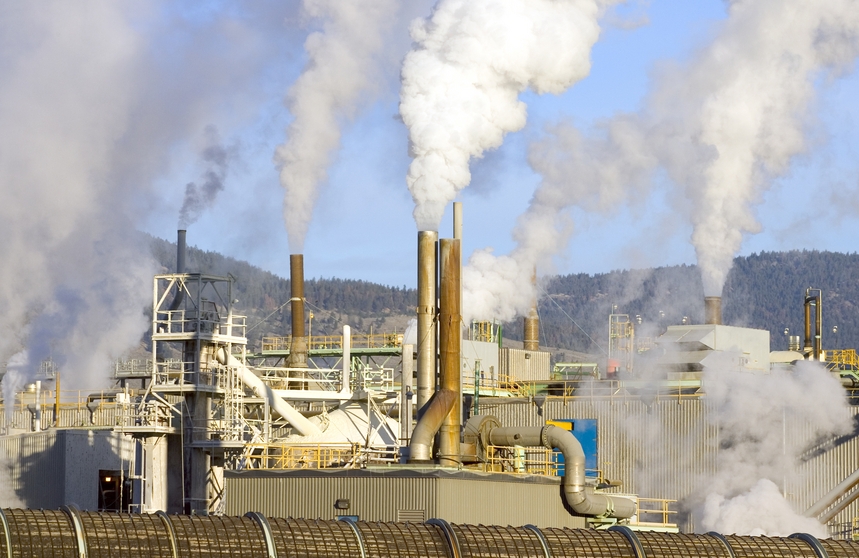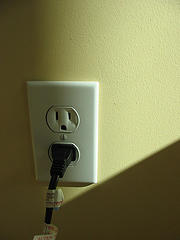New research released today by Latino Decisions and the Latino Policy Coalition finds that Latino voters oppose new efforts to export US coal to China and Asia from the West Coast.
As Matt Barreto, co-founder of Latino Decisions and Associate Professor of Political Science and adjunct Professor of Law at the University of Washington reports, a clear majority of Latino voters rejects plans underway to expand coal exports through western cities and ports, by a margin of roughly 6-to-1.
As Latino Decisions senior analyst, Adrian Pantoja, points out, the findings affirm strong green attitudes about climate change and pollution among Latino voters revealed in national polling in the past few years, including a 2013 survey in which Latino Decisions found that 84 percent of Latinos favor the EPA setting more strict air pollution safeguards and 86 percent would support the President using his executive authority to set promote rules that limit carbon pollution. The results also reflect Latino voters’ attitudes about coal as a dirty fuel of the past, harmful to communities, food, kids, and health.
Barreto writes:
The findings from today’s poll release confirm Latinos general support for environmental protection and opposition to carbon pollution. In fact, this is the first poll to question Latinos on the specific topic of coal exports to China, and comes at a time when the US government grapples with coal export policy in the West.







 A deal to wean Washington off coal power is a hair’s breadth away from becoming law.
A deal to wean Washington off coal power is a hair’s breadth away from becoming law. Under a
Under a 